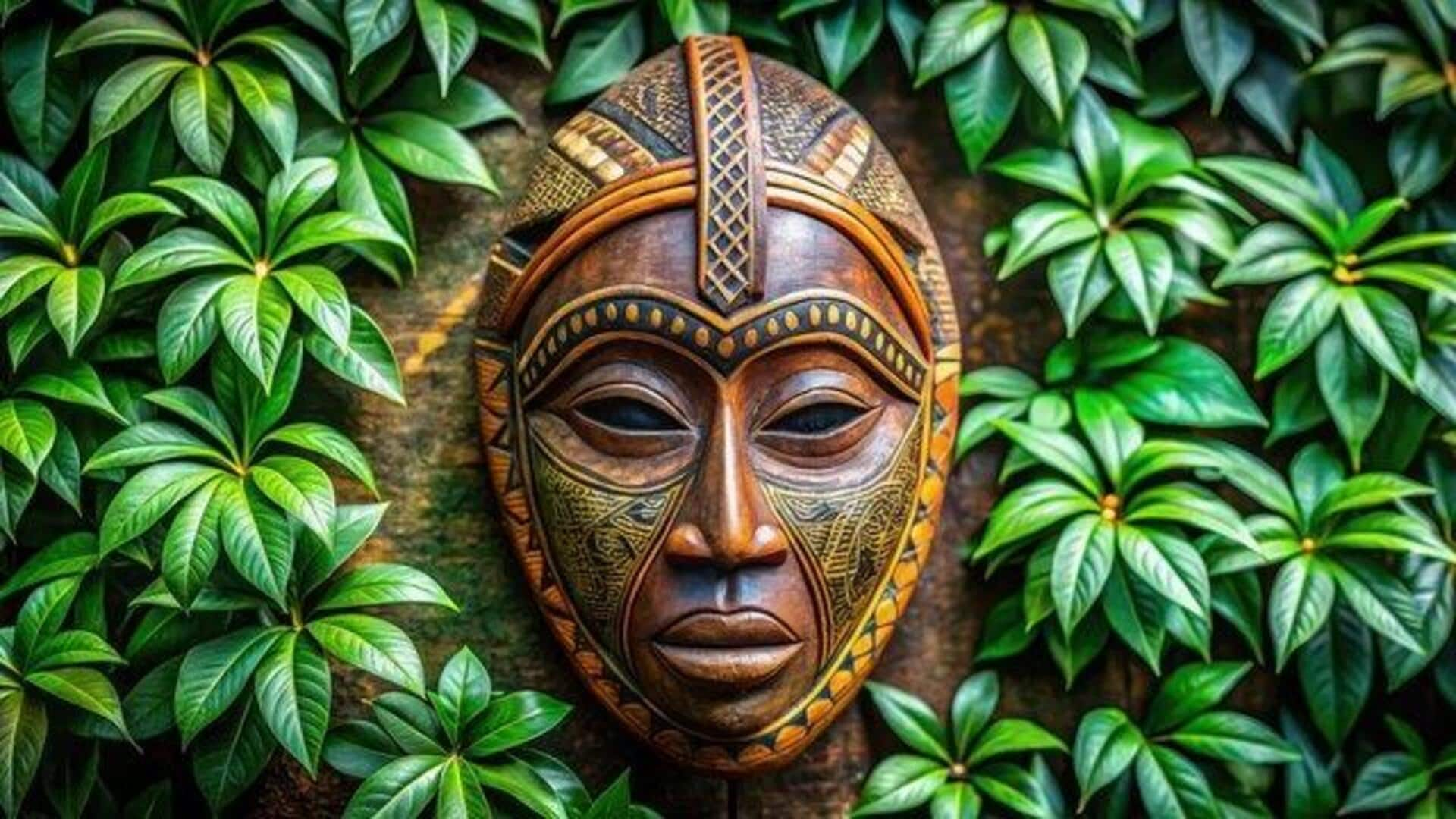
Why Yoruba masks are more than just art pieces
What's the story
Yoruba masks are an important cultural art, emblematic of the rich heritage and traditions of the Yoruba people. The masks are not only artistic expressions but also bear cultural and spiritual significance. They are used in several ceremonies, such as festivals and rituals, to convey messages or narrate stories. The detailed designs and craftsmanship reflect the skills passed on through generations, making them timeless pieces of art that still fascinate audiences around the world.
Cultural significance
Symbolism in Yoruba masks
Yoruba masks also symbolize various aspects of life including fertility, prosperity, or protection. Each mask is designed with certain symbols that represent specific meanings associated with the occasion or ceremony for which it is worn. For example, some masks may have animal motifs depicting strength or wisdom. Knowing these symbols gives an insight into the values and beliefs of the Yoruba community.
Artistic skills
Craftsmanship techniques
The creation of Yoruba masks employs meticulous craftsmanship techniques that have been perfected over centuries. Artisans use locally sourced materials like wood and natural dyes to carve intricate patterns and designs onto each mask. The process demands precision and attention to detail to ensure that every element aligns with traditional standards, while allowing room for individual creativity.
Ritual importance
Role in ceremonies
In Yoruba culture, masks are an integral part of ceremonies such as weddings, funerals, and harvest festivals. At these events, performers donning masks become spirits or ancestors believed to affect human affairs positively. Not only do these masks add an air of mystique, but they also bring people together through a common cultural practice.
Cultural heritage
Preservation efforts
Efforts are being made to preserve this unique facet of Yoruba culture in the face of modernization challenges that many indigenous communities face today. From museums around the world showcasing collections of authentic pieces to educational programs, these initiatives are aimed at raising awareness about their historical importance among younger generations. These people may not be aware of traditional practices anymore. This is mostly due to globalization influences on contemporary lifestyles worldwide today.